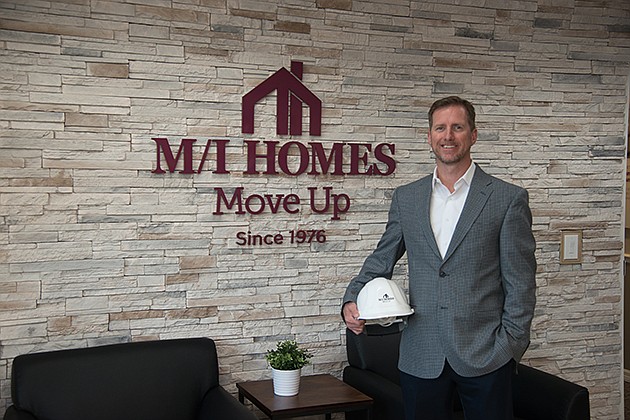What's changed in homebuilding in Southwest Florida the past 20 years?
Look no further than Neal Communities' Muirfield at Lakewood Ranch Country Club and the new Indigo community at Lakewood Ranch, says Pat Neal, longtime builder and chairman of the executive committee of Neal Communities, builder of nearly 10,000 homes in Southwest Florida.
Muirfield, developed in the mid- and late-1990s, and Indigo both offer maintenance-free living for active adults 50 to 65, and havens for relocated Northerners, he says.
But Indigo homes are “much more energy efficient,” Neal says, citing high efficiency HVAC systems and appliances as well as increased insulation, including insulated glass. The homes are also somewhat larger than the 1,700- to 2,300-square-foot homes typical for Muirfield, a community of 2,000 homes on the west side of the first section of Lakewood Ranch Country Club, he says.
And another important distinction: Muirfield's new homes sold for $148,000. The 2017 homes at Indigo run more than twice that.
Neal puts the start of “smart homes” building at around 1997 but notes the trend didn't go full swing until the building boom of 2004-2007. Besides increased energy efficiency, the tech-equipped homes brought more sustainability and thermal comfort, and better air quality and physical security.
However, a chief virtue that makes smart homes worthy of the moniker is the way they connect people to technology, Neal notes.
If you're impressed by smart homes of today, stay tuned, says builder David Hunihan, a former Neal Communities executive who is now Sarasota-area president for M/I Homes.
Hunihan says today's homebuilders are only at the start of the smart-homes revolution, likening this period to that time decades back when homes got their first microwave ovens. “For home automation, we're really just at the beginning stage,” he says. “It's more consumer driven than market driven. Millennials will want their phones to control everything.”
Like technology, changes in society have helped alter the preferences of homebuyers.
Buyers today prefer more causal living and like design features that keep them from feeling closed off, Hunihan says.
Accordingly, they desire less dependence on formal areas such as living and dining rooms, opting instead for a great room and more open living areas, “places where people can congregate,” he adds.
It's not unusual, says the area president of M/I Homes, an Ohio-based national residential builder that typically builds homes for buyers looking to progress to their second or third homes, to put “multi-generational” rooms into new dwellings. Hunihan attributes this to more adult children living with their parents and more parents living with their adult children.
“The designs are getting away from where you had more segmented rooms.” he says.
— Ted Carter
20/20 vision
Fueled by massive population growth, key Florida industries have gone through massive transformations in the past two decades
Commercial real estate
Health care
Banking
Technology
Tourism






